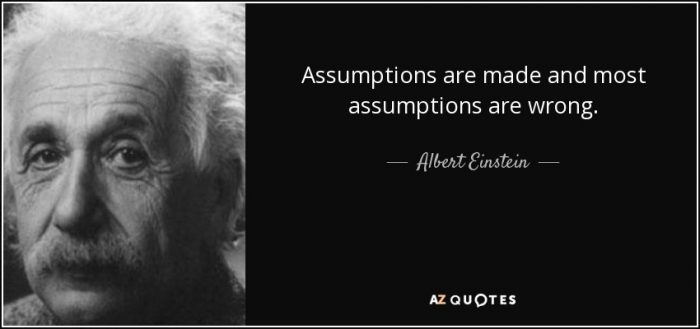Adjective
Having more than one layer

1 Daens – Making Of
The term “multi-layered” generally refers to something that has several layers or levels. The key points of a multi-layered system or concept depend on the context, but here are some general ideas:
Complexity: Multi-layered systems are often more complex than single-layered systems because they have more components that interact with each other.
Hierarchy: In a multi-layered system, the layers are often organized in a hierarchical manner, with each layer having a different level of abstraction or function.
Redundancy: Multi-layered systems often have redundancy built in, meaning that there are multiple components that perform the same function or provide the same service. This can help improve reliability and fault tolerance.
Scalability: Multi-layered systems are often designed to be scalable, meaning that they can be easily expanded or contracted to accommodate changes in demand.
Interdependence: The layers in a multi-layered system are often interdependent, meaning that changes to one layer can affect the behavior of other layers.
Specialization: Each layer in a multi-layered system may be specialized to perform a specific function or task, allowing the system to handle a wide range of tasks and services.
Overall, a multi-layered system or concept is one that is composed of multiple layers or levels, each with its own set of functions and interactions with other layers. This can help to create complex, scalable, and reliable systems that are capable of performing a wide range of tasks.
2 Live life before Leave life ..
“Multi-layered” typically refers to a concept or system that has multiple layers or levels. Here are some key points that may be associated with a multi-layered concept or system:
Complexity: Multi-layered systems tend to be complex, with multiple levels of interactions, dependencies, or components. This complexity can provide depth and richness to the concept or system.
Hierarchy: Multi-layered systems often have a hierarchical structure, with different layers or levels organized in a hierarchical manner. Each layer may have its own unique characteristics, functions, or properties.
Abstraction: Multi-layered systems often involve abstraction, where higher-level layers encapsulate or abstract the details of lower-level layers. This allows for modularity and separation of concerns, where each layer can focus on its specific functionality.
Interconnectivity: Layers in multi-layered systems are often interconnected, with interactions, feedback loops, or dependencies between different layers. Changes in one layer can impact or propagate through other layers, leading to system-wide effects.
Flexibility: Multi-layered systems can be flexible and adaptable, as changes or modifications can be made at different layers without necessarily affecting the entire system. This allows for scalability, customization, or evolution of the concept or system over time.
Emergent Properties: Multi-layered systems can exhibit emergent properties, where the behavior or characteristics of the system as a whole arises from the interactions or dynamics between its layers. These emergent properties may not be predictable or evident from the properties of individual layers.
Holistic Understanding: Understanding multi-layered systems often requires a holistic approach, considering the interactions and dependencies between different layers. An integrated understanding of the system as a whole, rather than just focusing on individual layers, is necessary to grasp its complexity and functionality.
Overall, the key points of “multi-layered” revolve around the complexity, hierarchy, abstraction, interconnectivity, flexibility, emergent properties, and holistic understanding of systems or concepts that have multiple layers or levels.

3 Patrick Haemers: L’autre vérité
4 Paul Vanden Boeynants: een premier van 63 miljoen
8 jul. 2015
5 Patrick Haemers Interview Part 1
6 Patrick Haemers – Interview Part 2
7 Patrick Haemers – Interview Part 3 fin
8 VTM Nieuws 29 mei 1989: arrestatie Patrick Haemers, met interview (deel 1)
30 okt. 2011
9 Don’t Talk to the Police
20 mrt. 2012
10 Angry Optician Slaps Clients, Target Practice, Cop Kicks Dog Prank